Optimal Timing for Asphalt Sealings
Proper timing for asphalt sealings is essential to ensure optimal adhesion, durability, and performance. The ideal period depends on climate conditions, asphalt condition, and usage patterns. Sealings are most effective when applied during moderate temperatures and dry weather, typically in late spring or early fall.
Sealants adhere best when daytime temperatures are between 50°F and 85°F, ensuring proper curing and bonding.
Dry weather with low humidity is ideal. Avoid sealing before rain or during high humidity to prevent improper curing.
New asphalt should be sealed after it has fully cured, usually after 6-12 months, while older pavement benefits from sealing during warmer months.
Late spring and early fall typically provide the best conditions, as extreme heat or cold can compromise sealant effectiveness.

Spring offers moderate temperatures and low precipitation, making it suitable for sealings.
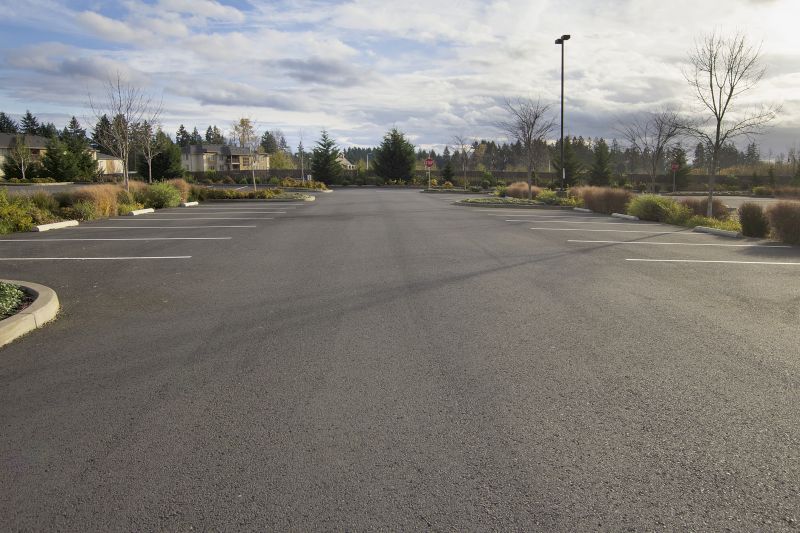
Fall provides optimal conditions with cooler temperatures and less humidity.
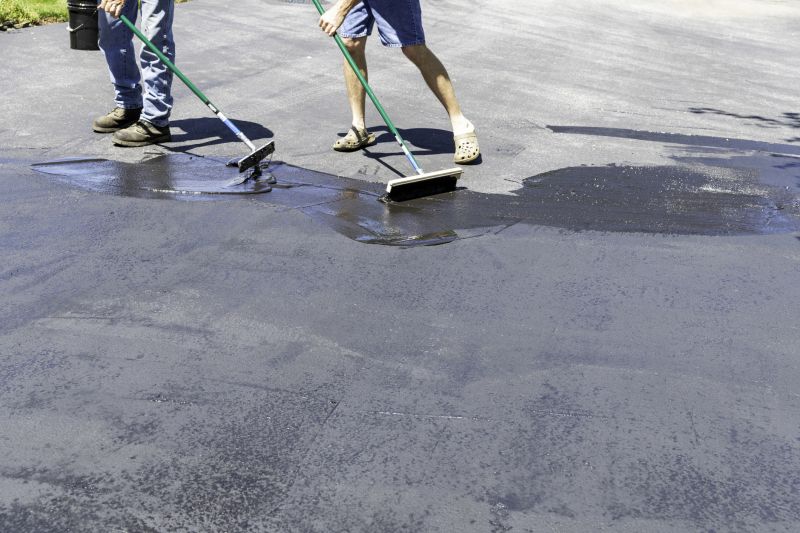
Dry, mild days are best for sealing asphalt surfaces.
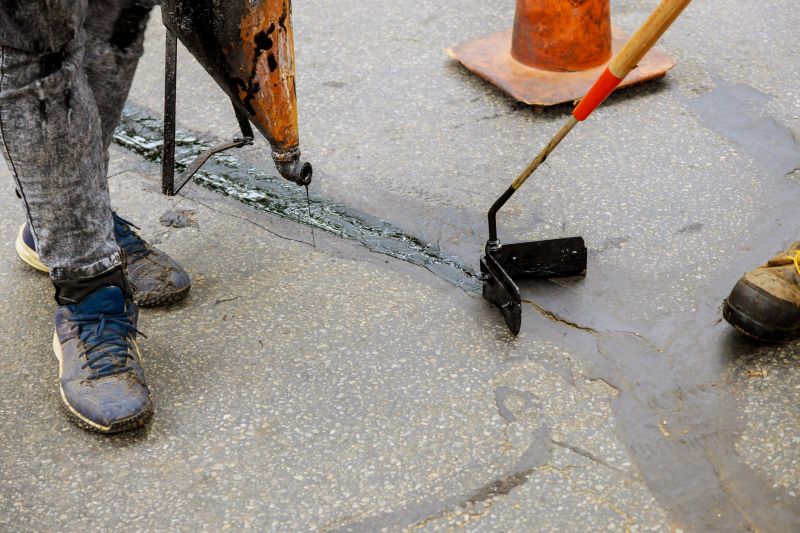
Ways to make Asphalt Sealings work in tight or awkward layouts.

Popular materials for Asphalt Sealings and why they hold up over time.
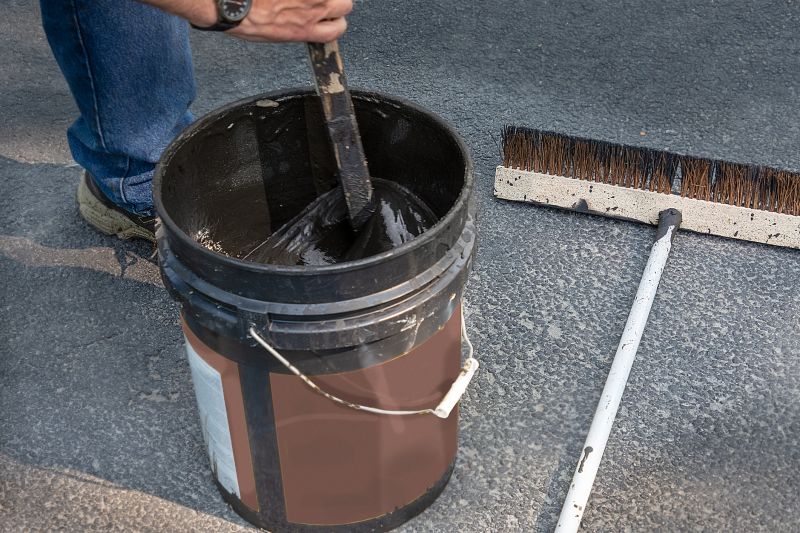
Simple add-ons that improve Asphalt Sealings without blowing the budget.
Asphalt sealings serve as a protective barrier that extends the lifespan of asphalt pavements. They help prevent water penetration, reduce oxidation, and shield against UV damage. Properly sealed asphalt maintains its appearance and structural integrity, reducing the need for costly repairs. Statistics indicate that regular sealing can extend pavement life by up to 50%, saving costs over time.
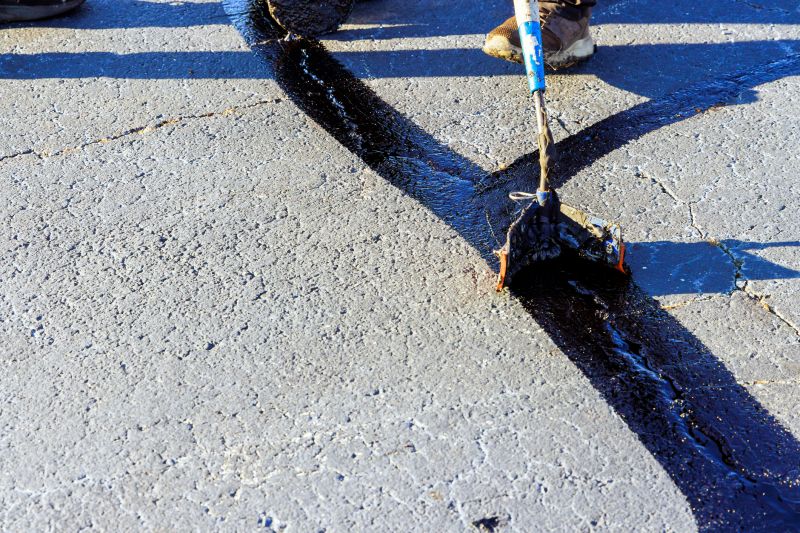
Application involves cleaning the surface and evenly spreading the sealant for maximum coverage.
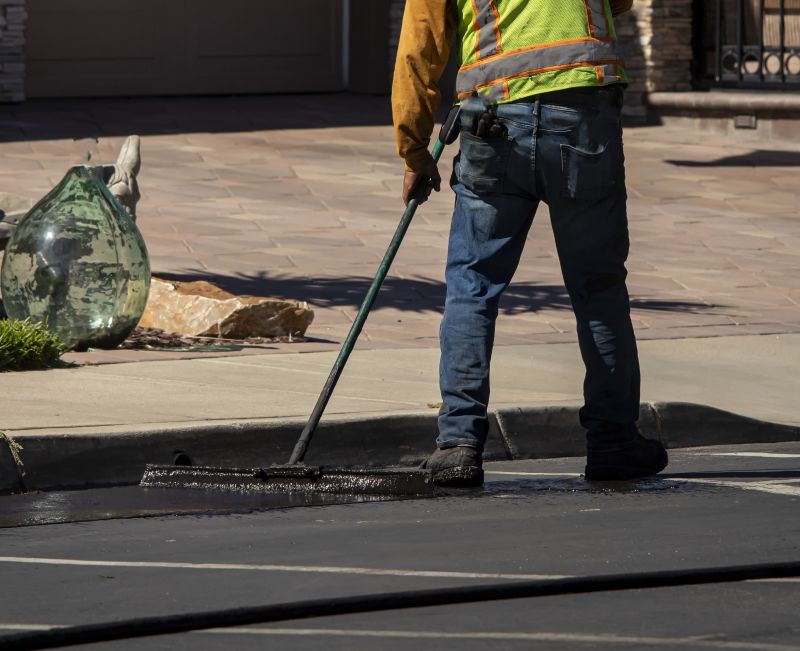
Proper sealing enhances surface appearance and durability.
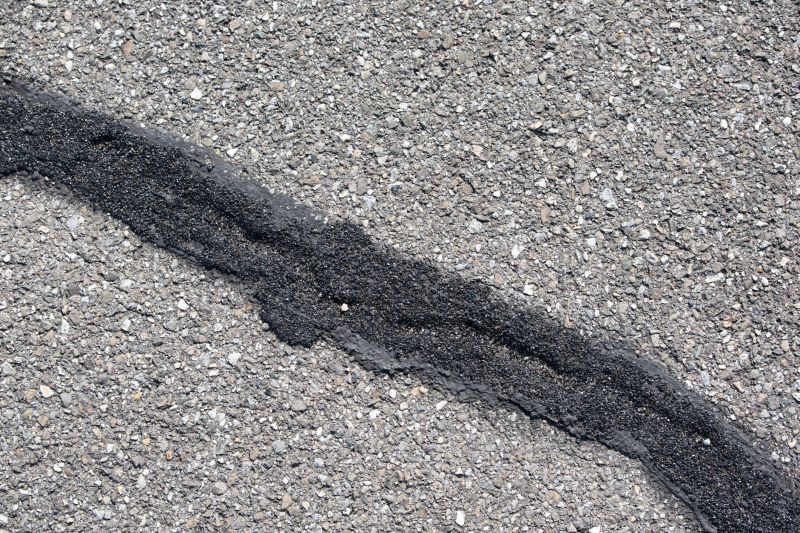
A well-sealed surface resists water damage and oxidation.
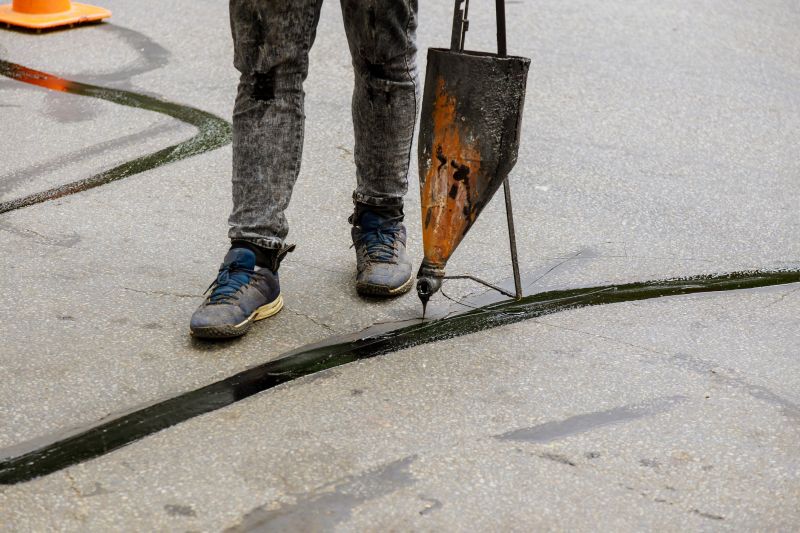
Regular inspections ensure longevity and performance.
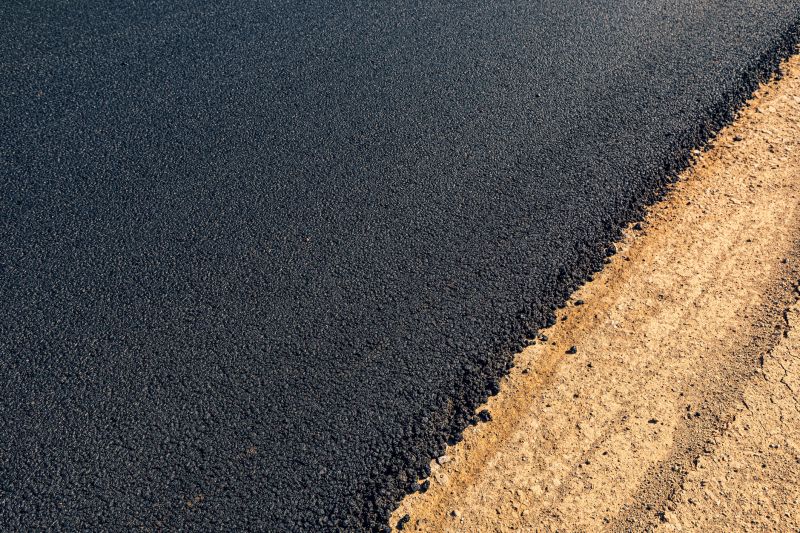
High-end options that actually feel worth it for Asphalt Sealings.
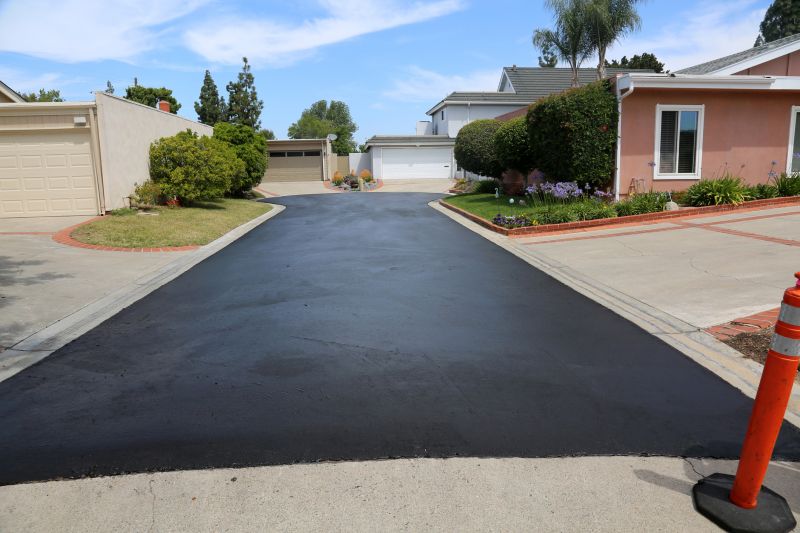
Finishes and colors that play nicely with Asphalt Sealings.

Little measurements that prevent headaches on Asphalt Sealings day.
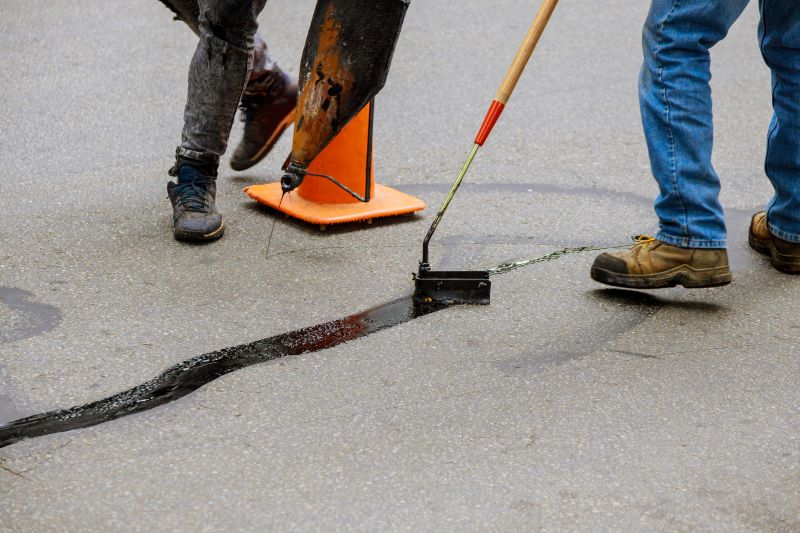
A 60-second routine that keeps Asphalt Sealings looking new.
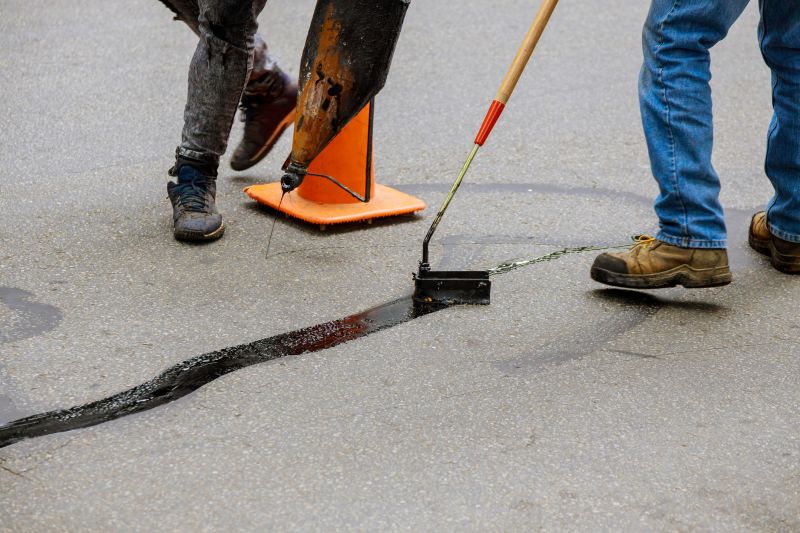
A frequent mistake in Asphalt Sealings and how to dodge it.
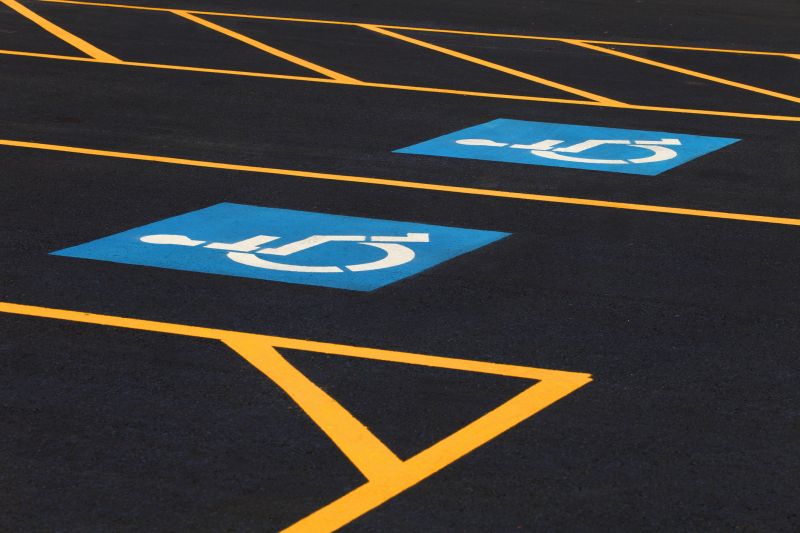
Small tweaks to make Asphalt Sealings safer and easier to use.
| Aspect | Details |
|---|---|
| Ideal Temperature Range | 50°F to 85°F |
| Best Seasons | Late spring and early fall |
| Weather Conditions | Dry, low humidity days |
| Preparation Time | Allow asphalt to cure 6-12 months before sealing |
| Sealing Frequency | Every 2-3 years |
| Application Timeframe | Mid-morning to late afternoon |
| Avoid During | Rain, snow, or extreme cold |
| Surface Condition | Clean and dry before sealing |
Choosing the right time for asphalt sealings enhances their effectiveness and longevity. Proper application under suitable conditions ensures the pavement remains protected against environmental damage, maintains its appearance, and reduces long-term maintenance costs. Consulting with professionals can help determine the most appropriate timing based on local climate and specific pavement conditions.
Interested in scheduling asphalt sealings? Filling out the contact form provides an opportunity to discuss specific needs and receive expert guidance on optimal timing and application procedures.
